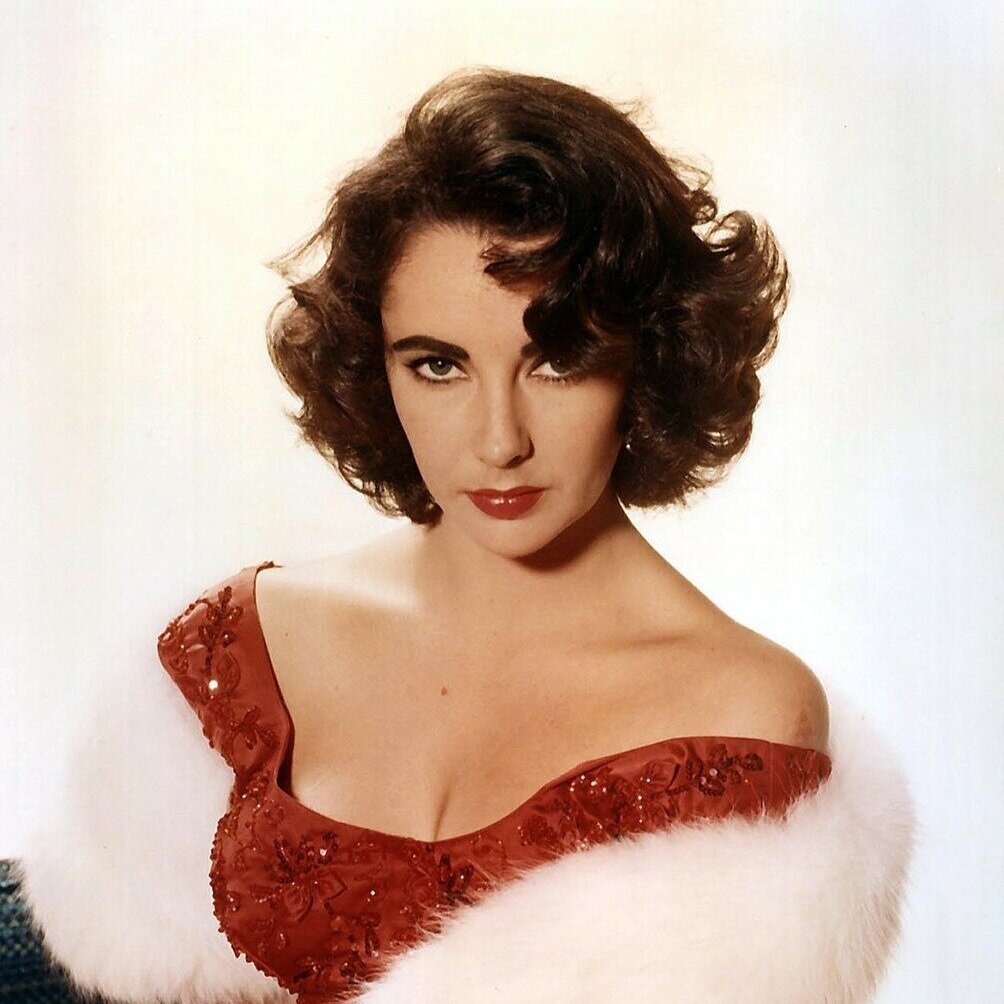So was it all glamour in the 1950s?
If you only have old movies to go by, you’d be forgiven for thinking that every woman wandered around in skintight clothing, vamping it up all day. British film stars like Elizabeth Taylor and Diana Dors, along with American icons like Marilyn Monroe, portrayed a highly-polished, sexualised version of what it meant to be female. And that image was powerful, as cinema – which was relatively cheap for most people – was a great source of entertainment. Most households didn’t have televisions till the late 50s, though many people knew someone who’d rented or bought one especially for the Queen’s Coronation in 1953.
I wasn’t born in the 1950s, so everything I write and think about that era has come from talking to others, listening to first-hand accounts, watching films, reading books and doing research. But from everything I know, Britain – and London’s Soho in particular, where my book is based – was a place of deep contradictions.
The war was over but ruined buildings were around every corner, and some places, like the John Lewis store, still looked like bombsites well after the war. It took a while to repair the damage, and outside of London it often took years. Against this post-war backdrop people arrived from other countries, to make a new life for themselves. With them came different languages, cultures, foods and customs. There was still some rationing in operation but the London grocers gradually started stocking goods from further afield for the new immigrant population.
Nightlife really took off in the 50s, and Soho teemed with smoky jazz clubs, raucous cocktail bars and illegal gambling dens. Cafes, like Patisserie Valerie’s, adapted and rode out the rationing, still managing to bring in customers by the dozens.
Jobs were aplenty and men came back from the war to take up positions – women, of course, were gradually pushed back into the home, or into lesser skilled work. (Married women were expected to stop working so men could work.)
Of course, not everyone came back from the war; many women lost husbands, brothers, friends and lovers. And of those who did return , some were never the same again; it wasn’t unusual to see injured soldiers on the streets, trays hanging around their necks, selling matches or boot laces to make a living.
And while some were scraping around for a living, there were also emporiums of choice. Selfridges was still a palace of splendour, and Lyons Corner House chain, which had been operating since 1909, thrived in the 50s. Usually five or six floors, these huge buildings boasted food halls on the ground floor and different music and restaurants on each floor, so you could take your pick according to what you fancied that day. You could even have a smart afternoon tea here for not much at all. I love this idea so much, it features heavily in the book!
What are your impressions of the 1950s?
Which is your favourite era for clothes, films and music, and why?
Do leave a comment – I’d love to hear from you.
